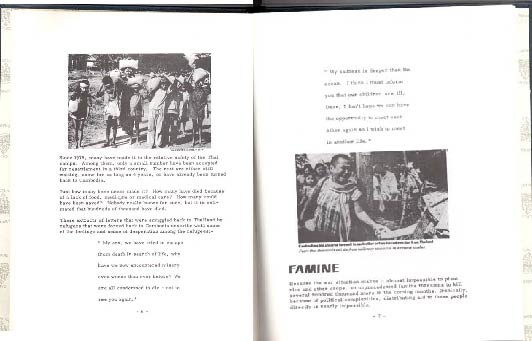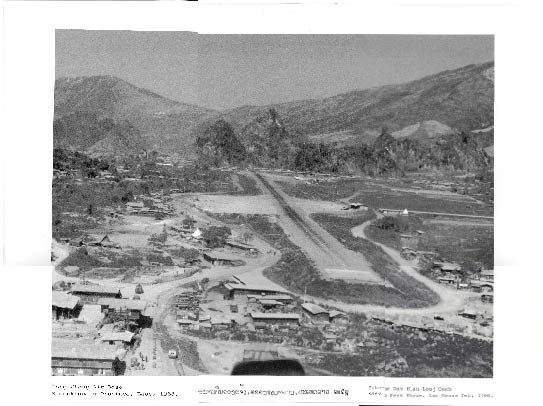

The first wave of 130,000 refugees (roughly 125,000 of them Vietnamese) left Southeast Asia in spring 1975. They were first airlifted by the U.S. government to the Philippines and Guam and then to one of the refugee centers in the United States (Fort Chaffee, Arkansas; Camp Pendleton, California; Eglin Air Base, Florida; or Fort Indiantown Gap, Pennsylvania). This group included dependents of U.S. servicemen and those with sponsors already living in this country.
The second wave of Vietnamese refugees began during 1978 and lasted through the mid-1980s. These were the "boat people," who took to sea in rickety, overcrowded boats. Those who escaped death by drowning or at the hands of pirates ended up in camps in Southeast Asia or Hong Kong; others traveled by a dangerous land route through Cambodia to Thailand. This group included many ethnic Chinese who were persecuted by the Vietnamese government, as well as Vietnamese who faced being sent to reeducation camps or forced evacuation to the "new economic zones" in the countryside.
In response to world outcry over the fate of the boat people, the Vietnamese government agreed to establish the Orderly Departure Program under the United Nations High Commissioner for Refugees, enabling people to leave Vietnam legally for family reunion and humanitarian reasons. The U.S. Congress also passed legislation to aid the refugees: the Refugee Act of 1980 reduced entry restrictions; the 1988 Amerasian Homecoming Act admitted over 70,000 family members of American servicemen; and the Humanitarian Operation brought 152,000 more, including former political prisoners and their families.
As the communist Pathet Lao took over Laos, an estimated 300,000 people escaped by crossing the Mekong River to refugee camps in Thailand. Among these refugees were many Hmong and other highland peoples who had fought for the American CIA during the Vietnam War.
Under the 1975-1979
Khmer Rouge reign of terror, more than 1,000,000 Cambodians were killed.
After the invasion of Cambodia by the Vietnamese in 1978, more than 100,000
starving and traumatized Cambodians who had survived the Khmer Rouge holocaust
fled to refugee camps in Thailand.
10. "Minh surrenders, Vietcong in Saigon …" In: New York Times, April 30, 1975. Donated by Gayle Morrison.
11.The Cambodian Tragedy. Prepared by Rochelle Young and Vora Huy-Kanthoul. Los Angeles: United Cambodian Community, Inc., 1979. Donated by Vora Huy-Kanthoul.
12.Cambodia Witness: An Exhibit Organized by Amnesty International U.S.A. 1983. Donated by Dr. Van Le.
13.
"Voyage
into terror." By Michael Dorgan and Jim Gensheimer. In:
San Jose Mercury News, July 19, 1987. Donated by Tom Wilson.
First of a two-part series on the Vietnamese boat people which ran on July
19-20, 1987.
14."Escape and survival." Typescript transcript of interview, ca. 1986. Donated by Hop Tran.
Narrative of a boat person's escape strategy and experiences.
15. Pa Ndau story cloth. Photograph, 1990. Donated by Brigitte Marshall.
This story cloth documents the flight of the Laotian hill tribes from Laos to Thailand and the United States.

16.
Long
Cheng Air Base, Xiengkhouang Province, Laos. Photograph, 1968.
Donated by Gayle Morrison.
Headquarters
of the CIA funded "secret army," which was composed mainly of the Hmong
but also included other Highlands people such as the Mien and the Kmhmu.
 |
UCI Libraries Homepage
UCI Homepage |
http://previous.lib.uci.edu/ seaexh/ Copyright 1999, University of California |
UCI Southeast Asian Archive P.O. Box 19557 Irvine, CA 92623-9557 (949) 824-4968 |



